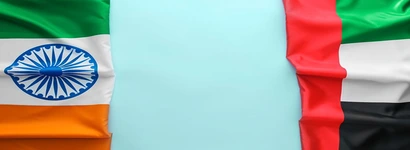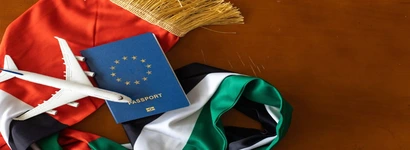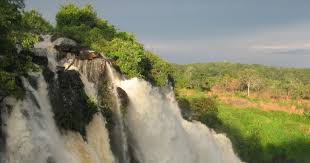
Welcome to VisitsVisa! Our platform is dedicated to providing visas for Central African Republic without any hassle or delay. Our E-visa process is not only quick but also seamless. Whether you're planning a solo adventure, a business trip, a cultural exploration, or some quality time with family, we make your travel arrangements simple. Enjoy the ease of our streamlined online application system, tailored specifically for Central African Republic visa processing. Say goodbye to excessive paperwork and embrace the convenience of applying for your Central African Republic visa online. Apply for your Central African Republic e-visa from the comfort of your home, saving you both time and effort. Our dedicated customer support team is available 24/7 to assist you at every stage of the application process, ensuring a smooth and stress-free experience.


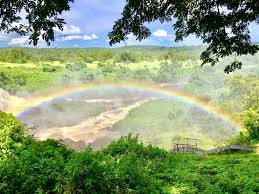
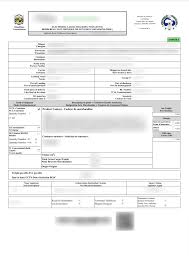
 Qatar
Qatar  ">
">


